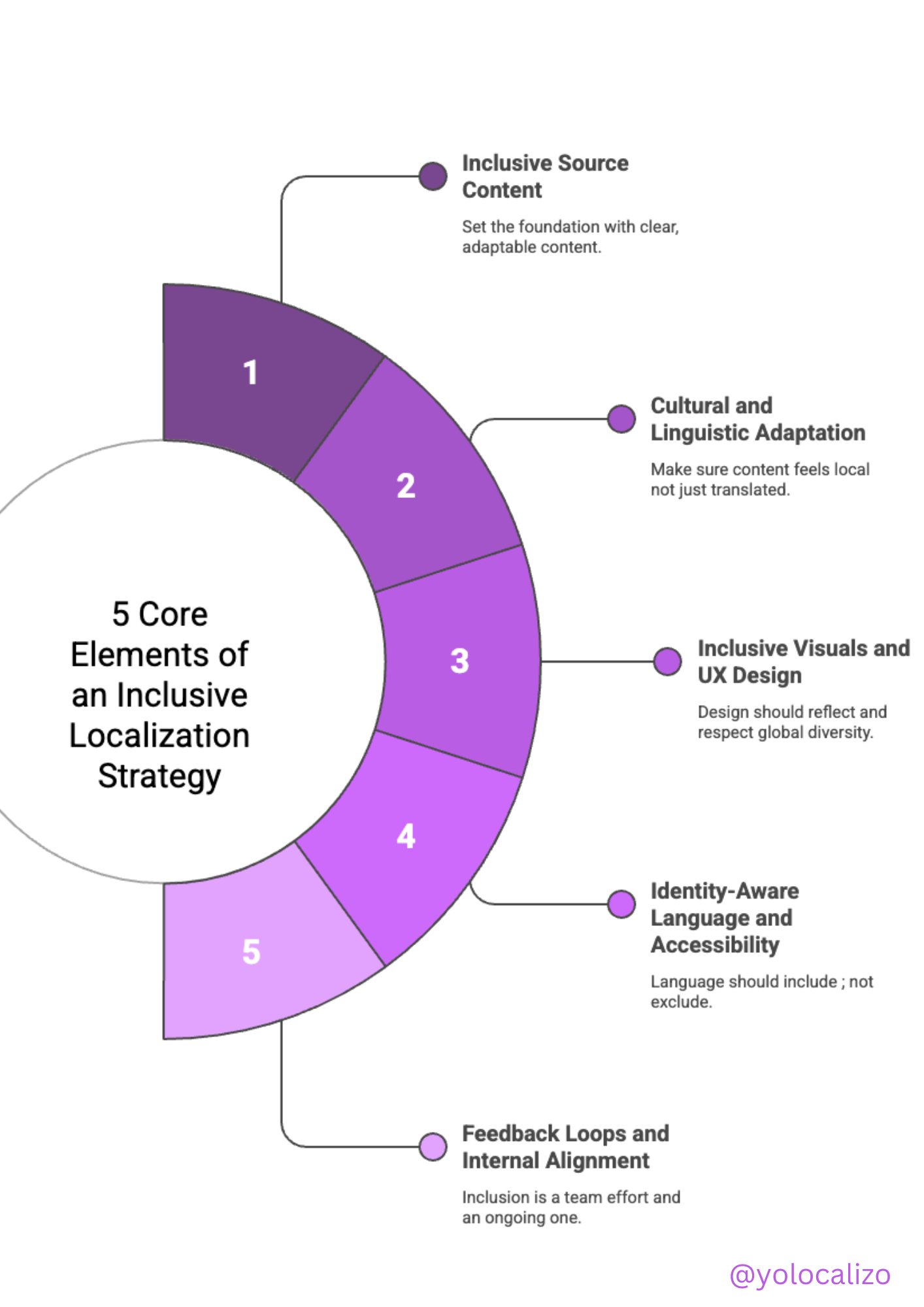4 benefits of including Localization activities when Playtesting
In the last years, we have seen the rise of the Agile movement, and one of the best aspects of this movement is the concept of frequent releases. Today in my post, I want to explore how Localization teams can benefit from this movement; I will cover this topic from the Games industry angle. However, I believe these benefits can apply to other areas of software development such as apps for mobile phones
Nowadays, there are typically three significant milestones in the release of a game:
- Playtest,
- Soft Launch and
- Hard Launch
I'm going to focus today on the Playtest phase. The playtest phase gives localization teams an extraordinary opportunity to polish internal processes and choose/adapt the best localization strategy to follow.
Some ground rules first, what's Playtest?
In the video game industry, playtesting refers specifically to the process of exposing a game in development (or some specific parts of it) to its intended audience, to identify potential design flaws and gather feedback. Playtests are also used to help ensure that a product will be commercially viable upon release, by providing a way for consumers to play the game and provide their opinions. Playtesting should not be confused with Quality Assurance (QA) testing, which is the process in which professional testers look for and report specific software bugs to be fixed by the development team (Wikipedia)
Playtest it's a crucial component for the game team to understand various indicators
- is the game we are creating seriously fun ? This might mean later good retention metrics (yay! Show me the money!)
- It's also an excellent opportunity to measure how different monetization strategies work.
- Last but not least, Playtest is excellent for:
o ideas generation,
o identify problematic areas
o and to solve design arguments
These are benefits from a game team perfective; however, this is also an excellent opportunity for Localization teams!
About one decade ago the projects I was involved in were quite different, so different!
Mainly because a few years ago, the preferred method for software development was the waterfall methodology. For me, this meant that we did not have any feedback about our quality in Localization (or about the process) until the very, very, very end. However, now the situation is quite different
The following 4 bullets are the main benefits that I see when Localization teams are engaged in the Playtest phase.
1. Is your game prepared to be launch worldwide?
Playtest represents a unique opportunity to prepare your game to be later adapted to different languages and regions. Quite often, a game is created from English, and then when it comes to localizing Asian languages, many problems will pop up related to missing characters/fonts. During Playtest, we can work together with devs to ensure the game is prepared to receive the future translation in a different set of characters or even RTL interfaces! The key will be to extract the UI strings from the app code (resource files) and prepare multiple resource files in this phase. This will help us have one res file per language, and please never, never, never!! Hard-core texts on the screens. That's a very time-consuming and ineffective practice. The best approach here is creating a res file to be localized.
2. is the quality of the source content good enough?
Sometimes the source content is not written with international audiences in mind
. This will represent a significant challenge in the localization phase. In this very early phase of game development, it's crucial to have a look at the English content generated and provide feedback about:
- vocabulary,
- use of jargon
- or grammar rules.
Leonardo da Vinci said, "Simplicity is the ultimate sophistication," This principle is also achievable in the software industry.
The goal of this phase aims to create content easy to understand.
3. Top-notch UI
Various studies in the Localization industry agree that as average localized languages are 30% longer (or even more! Check out this excellent article from Venga Global) compared to English source text. Therefore, Playtest represents a perfect opportunity for Localization to check that plenty of room is available for text expansion.
4. Which Localization vendor should I use?
The numbers of MLV or SLV available to localize a game are quite overwhelming.
What's the best localization partner I can use for my game?
Playtest phase provides an excellent opportunity to improve and polish the relationship with our preferred vendor. This benefit is significant if we are starting to work with a new vendor.
Since Playtest will focus on the translation of a small number of languages (usually 1-2), this is an excellent opportunity for Localization teams to monitor and give feedback to the vendor. This effort will help increase your loc partner's know-how, and it will be easier to cascade this know-how to the next tier of languages. Playtest can build a solid foundation for the relationship publisher-localization vendor.
In summary
Unfortunately, the Localization team's involvement is still towards the end of the game dev lifecycle in many cases. However, there are many benefits, as explained above, when Loc teams are included in the lifecycle from Playtest to Hard launch.
If you found this post interesting also take a look at this one where I cover in great depth the different phases that need to be executed to localize a videogame
Localization is vital in the expansion of your game (or app) to global markets;
Why don't you benefit from the wise of the language freaks since the beginning☺️
Have a great week!
@yolocalizo













Localizability has always been a challenge small issues in source content often lead to big problems later in translation. In this post, I explore how AI is giving localization teams a powerful new way to improve source quality, reduce friction, and create better content for every market right from the start.